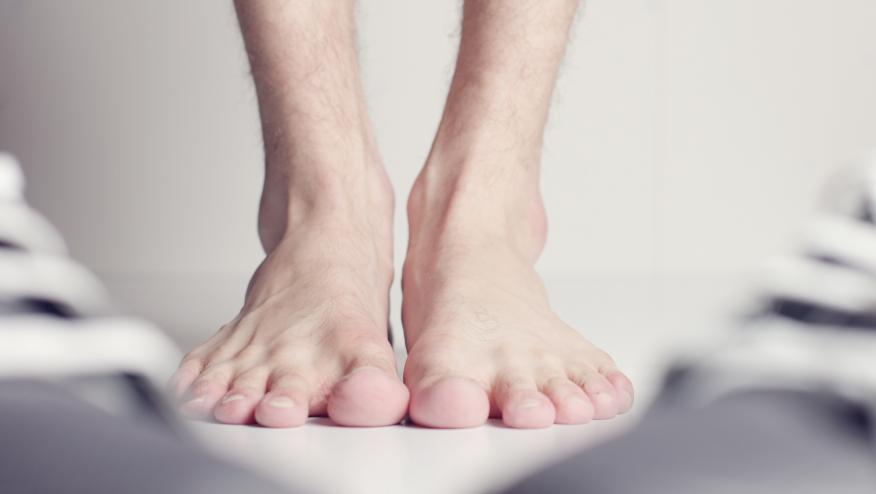Pre-clinical RA: starting off the wrong foot Save

Patients with clinically suspect arthralgia can represent a challenge for clinicians, in a sense that there are not yet reliable markers to predict evolution to clinical rheumatoid arthritis (RA) nor enough evidence to support routine prescription of conventional synthetic DMARDS or biologic treatments in this setting. These patients usually present with arthralgia and auto-immunity such as anti-citrullinated peptides antibodies (ACPA), and often family history of RA.
The apparition of subclinical inflammation of the synovial tissue, detected using imaging techniques such as ultrasonography or MRI, in joints, tendon sheats or bursae, marks a further step towards the development of clinical arthritis. Interestingly, intermetatarsal bursitis are frequent and characteristic of early RA, MRI studies showing it could be present in up to 69% of RA patients at diagnosis.
In abstract 0468, van Dijk and colleagues describe a large MRI-study including patients with clinically suspect arthralgia and assessing the existence of intermetatarsal bursitis as a subclinical inflammatory feature and its association with progression to clinical arthritis. 577 consecutive patients underwent unilateral contrast-enhanced 1.5T MRI of the forefoot and were regularly followed-up by the rheumatologist until the development of clinical arthritis (median follow up 25 months). They also assessed synovitis, tenosynovitis and osteitis using the Rheumatoid Arthritis Magnetic Resonance Imaging Score (RAMRIS).
They found that 23% of patients with clinically suspect arthralgia had intermetatarsal bursitis, and that it was more frequent in ACPA-positive than ACPA-negative patients (56% versus 19%, p< 0.001).
Over follow-up, patient with clinically suspect arthralgia and intermetatarsal bursitis were also more likely to also have subclinical synovitis (OR 2.4 (95%CI 1.2–4.8)) and tenosynovitis (11.5 (5.1–26.2)) on forefoot MRI, but not osteitis (0.8 (0.4–1.7)).
Over follow-up, patients with intermetatarsal bursitis were more likely to develop clinical arthritis (HR 3.3 (2.1-5.1)) and this association was independent of the presence of other inflammatory features (adjusted HR 1.7 (1.03–2.7)). Interestingly, intermetatarsal bursitis predicted clinical arthritis development only in ACPA positive patients (adjusted HR 2.2 (1.0–5.0)).
One patient with clinically suspect arthralgia out of 4 (and almost 2 out of 3 ACPA in the ACPA positive population) displays intermetatarsal bursitis assessed by MRI. The presence of intermetatarsal bursitis predicts the development of RA only in ACPA positive patients, and independently of the existence of other features such as synovitis or tenosynovitis.
This highlights the fact that ACPA positive RA patients display a different, maybe more inflammatory phenotype involving juxta articular structures. It would be interesting to confirm these findings in a cohort assessed by ultrasonography. If confirmed, it could be a useful tool in daily practice to predict imminent evolution to clinical RA in clinically suspect arthralgia patients.











If you are a health practitioner, you may Login/Register to comment.
Due to the nature of these comment forums, only health practitioners are allowed to comment at this time.